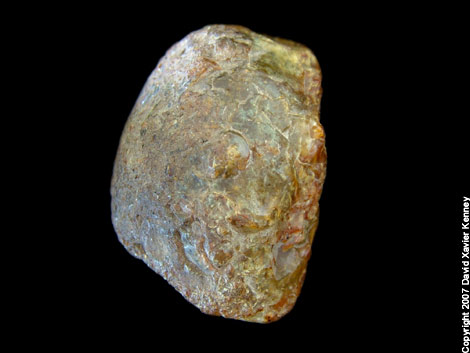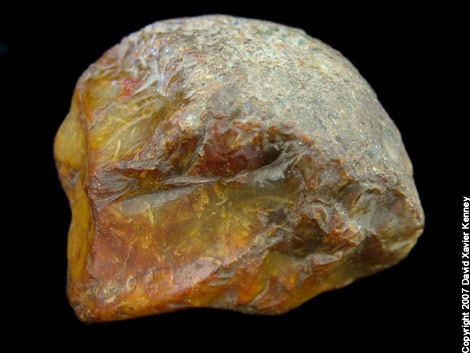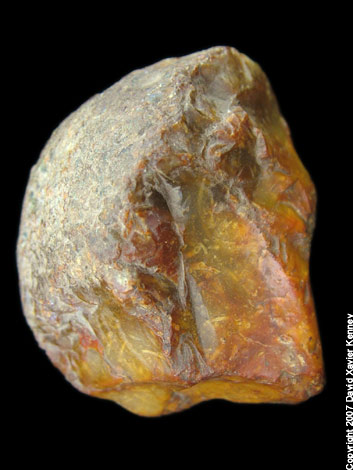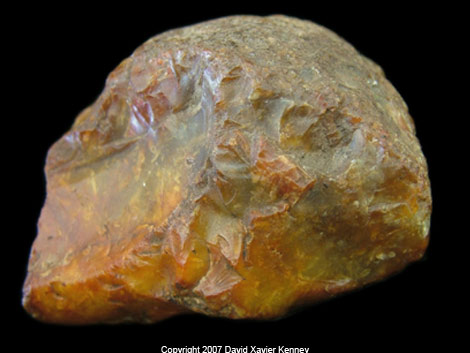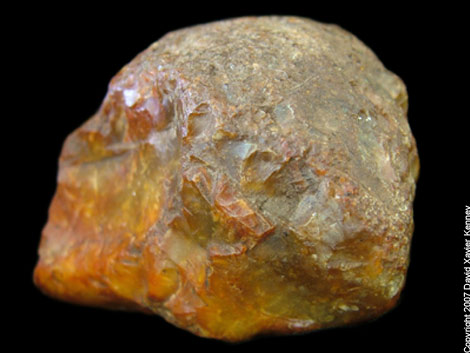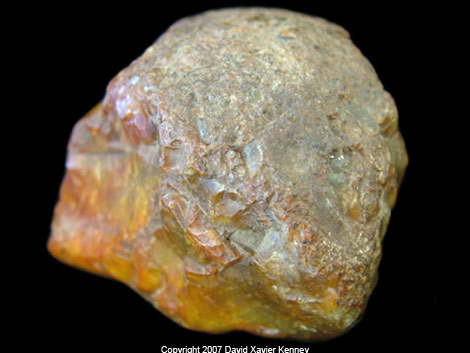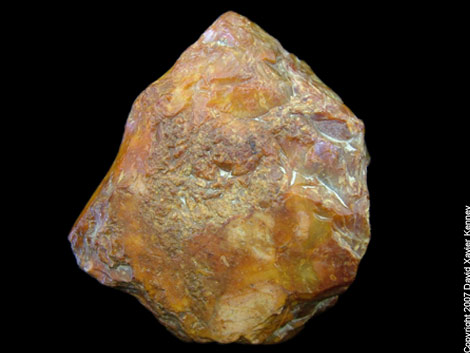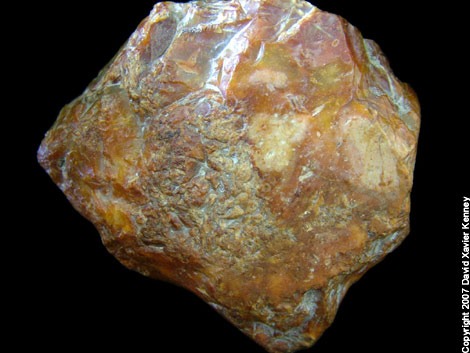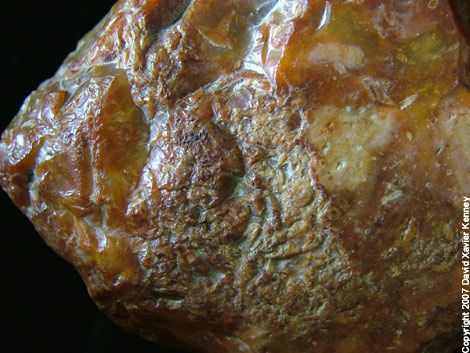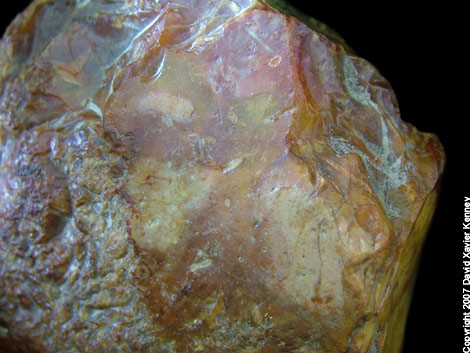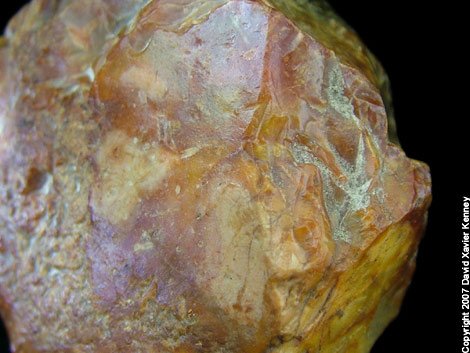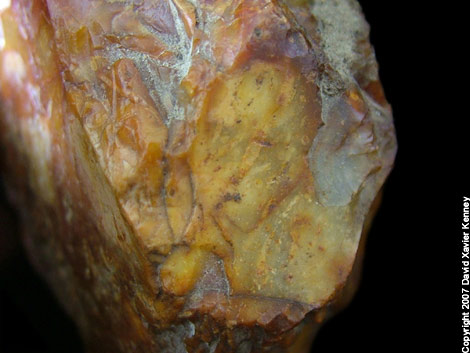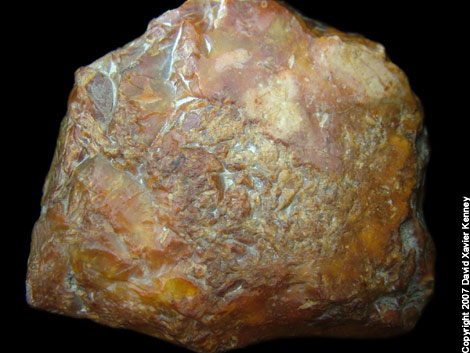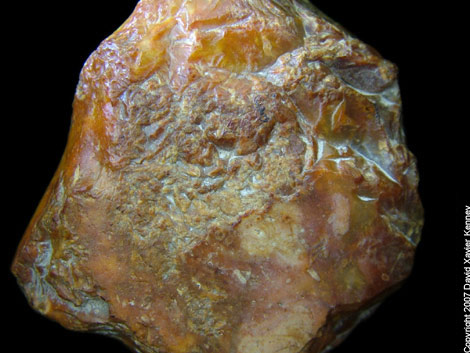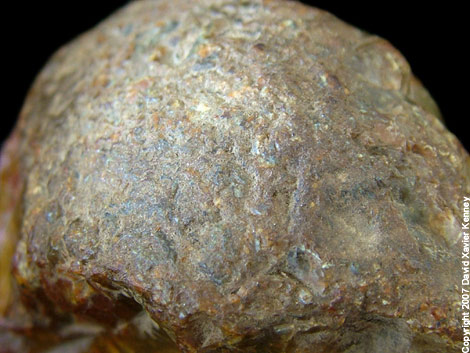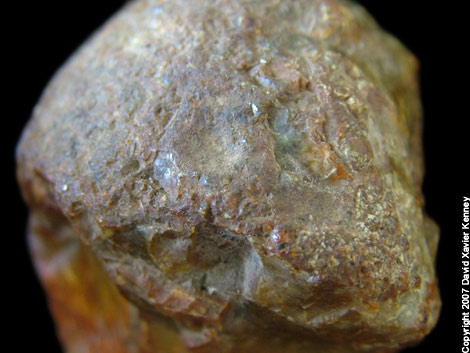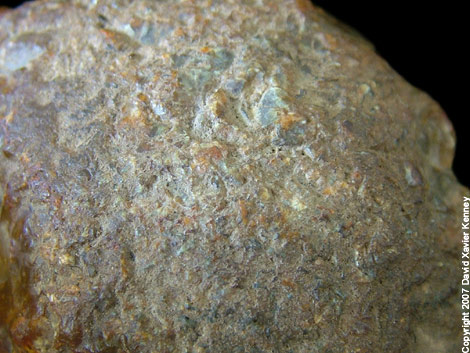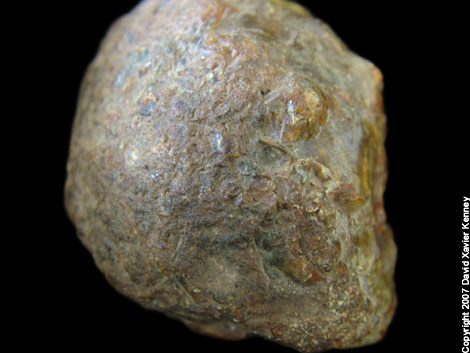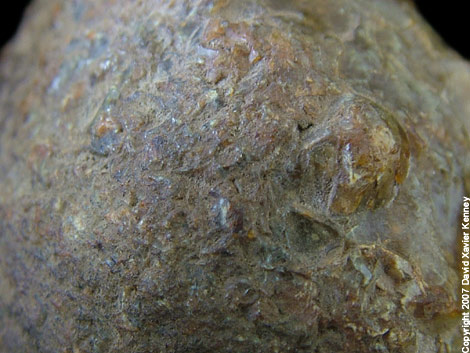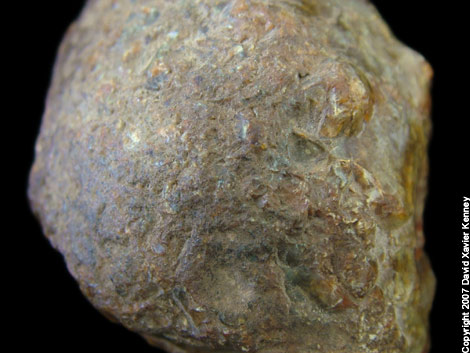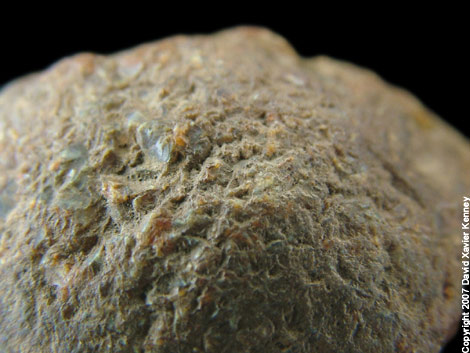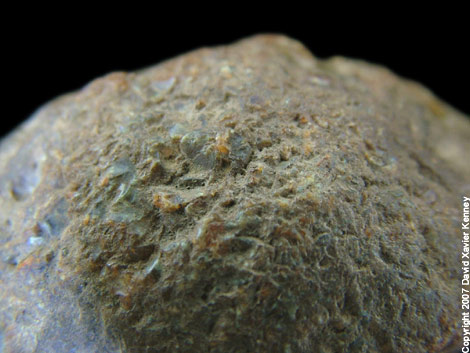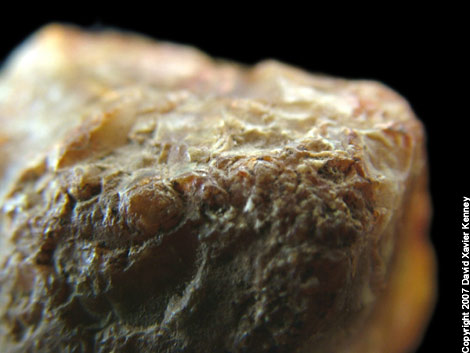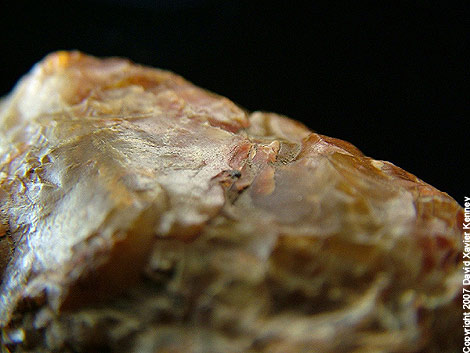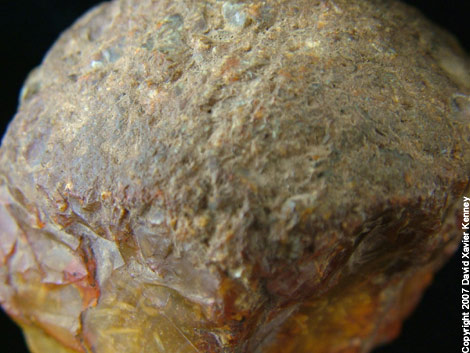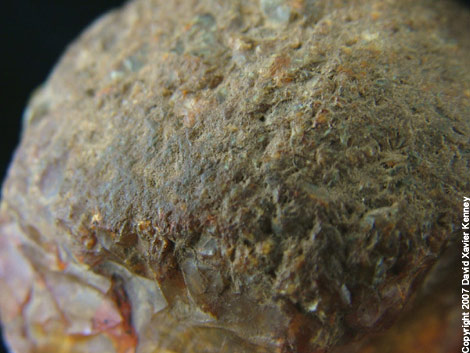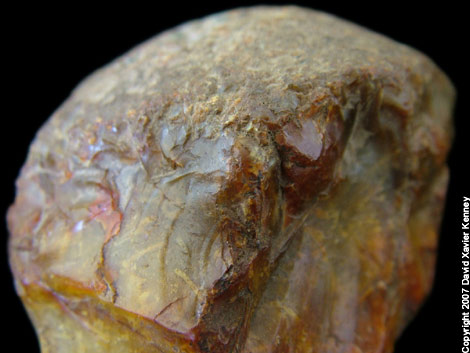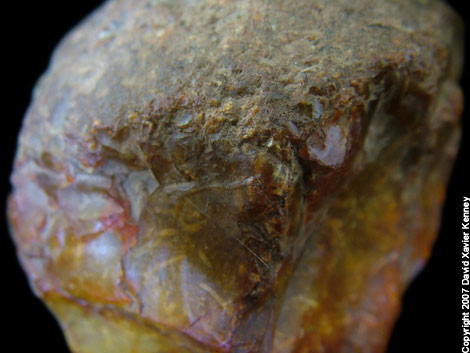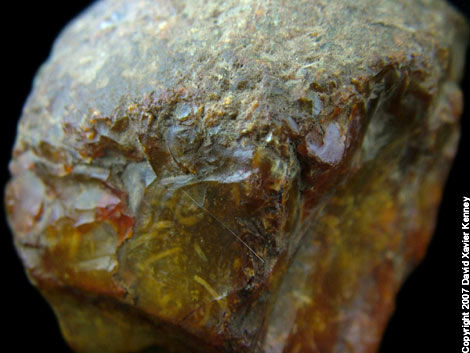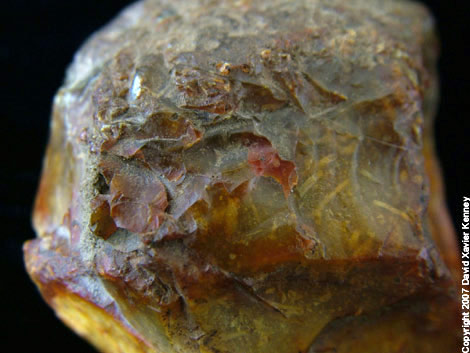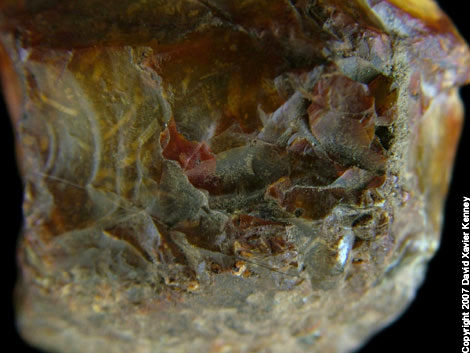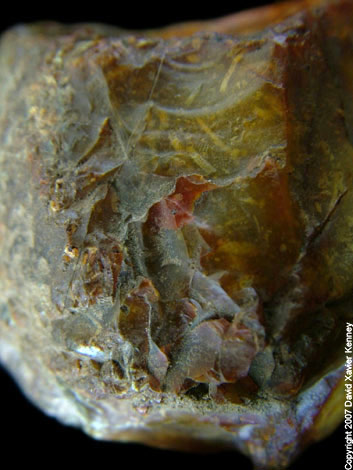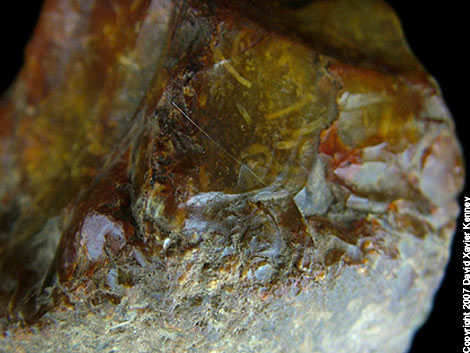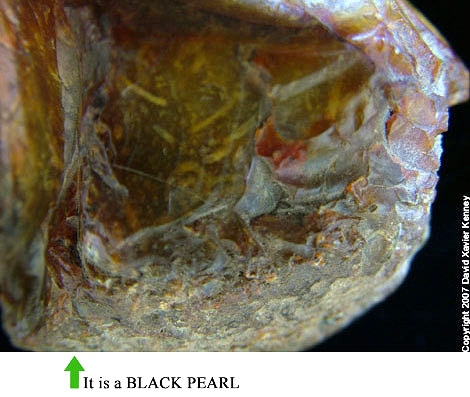 |
|---|
The research with this artifact was completed in 2008 but as I had been extremely busy with other projects I just noted here that I thought that the artifact's art was in fact of the Stone Age and then forgot about it. When I had first discovered miniature art on ancient artifacts in late 2004 I had thought that it was a rarity, but by 2008 I knew that it in fact it was very common place with most if not all ancient peoples. When I first discovered the astounding holograms under natural lighting conditions on this artifact in 2007 (that only appear around the period of the summer solstice, which was verified after two years of occasional observation) then this led me to believe that the art with it's unique hologram technique had been created at the earliest by someone in Medieval Times. So with what I had thought was a highly advanced technique showing worship of the summer solstice I took a path of initially connecting this artifact to the Knights Templar or a later Knights Templar enthusiast, that is due to the well known speculation that the Knights Templar had a particular fascination with St. John's Eve (the eve of the summer solstice), this was an error as research shows that it is in fact a type of special seal stamp of the Ertebolle Culture, and that the culture was advanced. There appears to be some hidden meaning with the art on this artifact that is connected to the holograms, the best that I can theorize with at this point is that certain images when the artifact is turned lead to what appears as a small black ball with two figures on top on a stick (perhaps represent a larger black object of worship on a torch holder). Black amber is considered rare, it was perhaps as a rare as a black pearl, hence the play on words with the song by Paul Turton. Due to the hologram this may represent Baltic amber and solar worship, that is that the black amber may represent the sun in decline, and then with blonde amber representing the sun resurrecting, and or resurrected, perhaps! This is a C. 7,000 year old engraved flint or coral (or both)seal stamp that had once been a borer or awl from Northern Europe, it is possible that prior to being used as a borer or awl, that it had been part of an axe. Research shows that it is of the Ertebolle Culture (6,000 BC to 3,500 BC) of the Jutland and Islands of Denmark, it is 6.9 cm at it's widest width and 3.7 cm in height. Ii had been reworked to show a large face as well as several faces / figures abstractly. Besides the carvings, it was made using dyes, calcium, sand, and resins. It may have a ichthyocol (a fish glue usually made from sturgeon bladders) coating. Much of the art shows with light reflection, amazingly and as previously mentioned it has holograms. If you would like to view the only hologram yet to be photographed then Go To The Largest Picture Posted (the 27th picture, it is of a Semi Nude Woman in a Phrygian Hat facing to the viewer's left, her facial features appear Finnic). The Ertebolle Culture were a people that subsisted mainly by fishing, it is thought that they were the first to make carved amber beads, I believe that this were not only for their own use but were also trade items. Interestingly the stone is made to appear as a wood knot. The art had been made by using engravings that coincide with the natural formations in the stone and resins. There are many ancient symbols. The seal stamp portion of this piece is a quarter inch from the tip of the main point. There is another seal stamp that it is a little over a quarter of an inch from the tip of a point. Both stamps will make a three dimensional seal impression that has several compartments. The area with what looks like a small black ball with two figures on top(black amber) on a stick appears is with the last photograph group, which is separate. Copyright 2007 David Xavier Kenney Revised 2012 |
||
Secret To The Knights Templar Treasure | ||
Music Titled Black Pearl By Paul Turton aka Mr. Barbados Music Copyright 2007 Paul Turton
|

